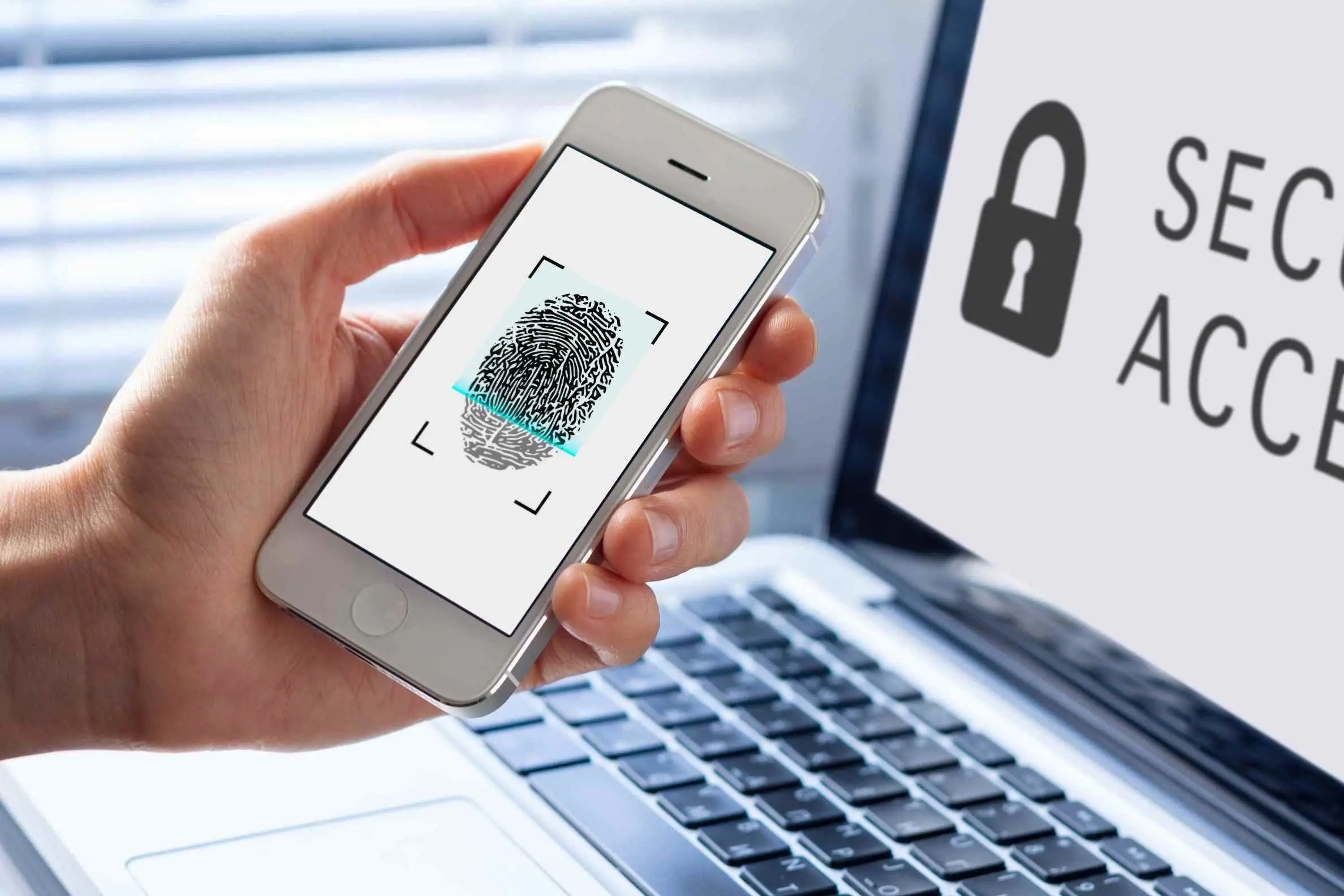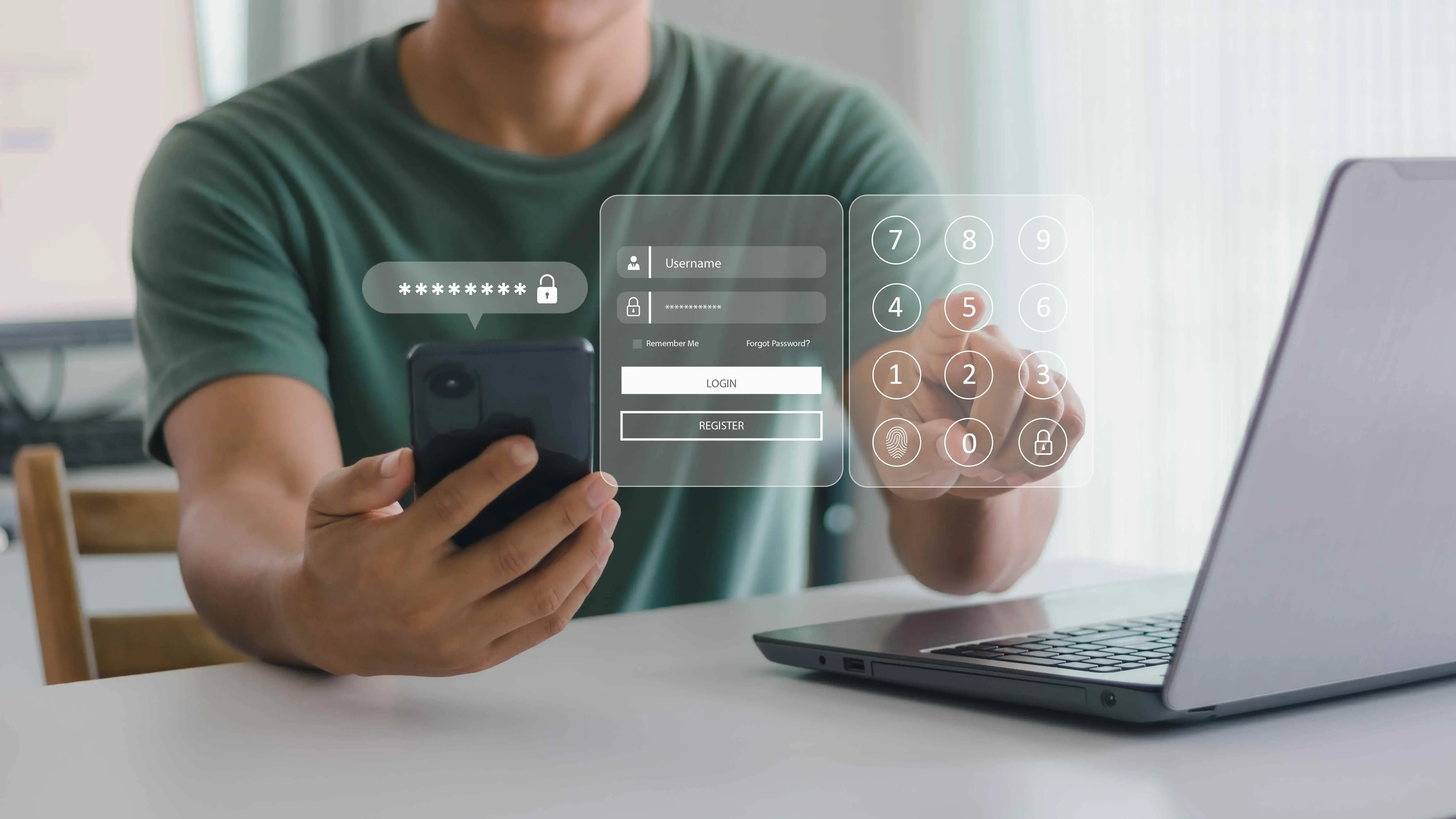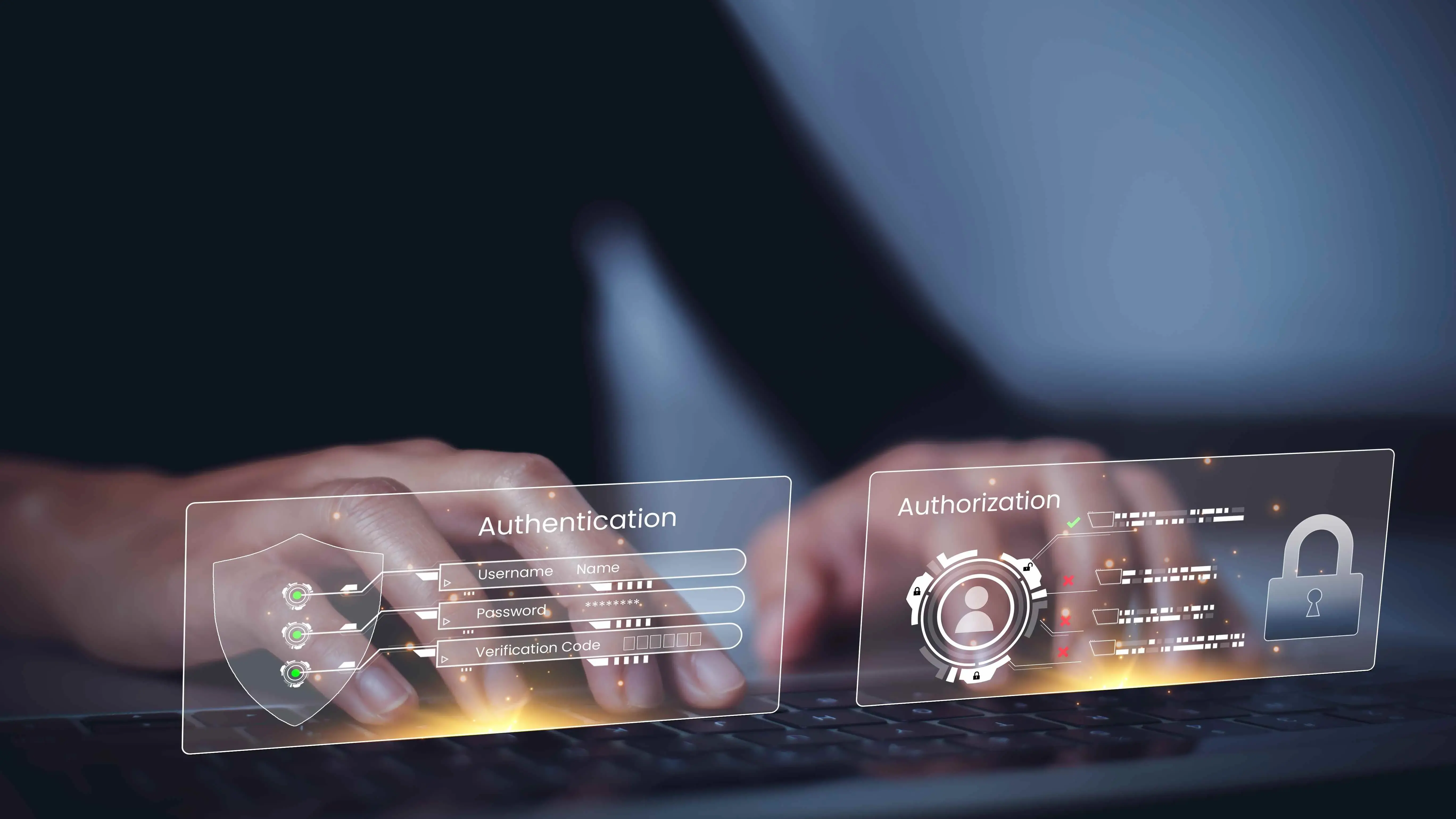Applications or systems require different security approaches, like authentication or authorization, to secure networks, data, and users. For instance, before developers can call certain APIs in their applications, authentication is required.
This process of calling the API requires the use of an API key or token provided by the API provider as a means of authentication to access the necessary resources.
After the authentication process, the API provider can determine authorization based on the user’s role or permission. For example, depending on a subscription plan, whether basic or standard, the provider determines the resources or functionality to which the user is allowed access.
The terms authorization and authentication are closely related, yet they mean different things depending on the systems or entities involved.
This article will explain authorization and authentication, including their types and key differences.
Let’s get started!
What is Authentication?

Authentication is the process of verifying the identity of an entity or user that requires access to a system or application.
Assume you want access to a web hosting platform, you’ll be required to provide a user ID and password which should ordinarily match the one stored in the backend, if it does, access will be granted and if otherwise, access will be denied.
Authentication’s responsibility as the first line of defense;
- Confirms if the entity is who it claims to be.
- Presents credentials once per session, e.g., username and password.
Authentication is important and necessary for the following reasons;
Compliance: Authentication processes ensure organizations comply with regulatory requirements and adhere to industry-specific standards like PCI DSS (Payment Card Industry Data Security Standard) and NIST (National Institute of Standards and Technology) that require authentication as a security control unit.
Security: Authenticating data prevents it from being exploited, altered, or compromised. Authentication methods like 2FA are designed to add an extra layer of security to make it hard for entities with unauthorized access to gain access to sensitive resources.
Access Control: Authentication methods are put in place to guard data, ensuring only authorized entities have access to it.
Trust: Strong authentication methods secure data and networks, which leads to trust and loyalty between a user and provider. Users can trust that their sensitive data is safe from data breaches or malicious attacks in general.
Authentication Methods
There are different authentication processes, these methods can be summarized by two main types; single authentication and Multi-Factor authentication.
What is single-factor authentication?
Single-factor authentication requires one layer or one method of verification to access a system, or application. A single authentication process typically requires the use of a PIN (personal identification number) or password known to the user and provider.
Examples of single authentication are;
- Password authentication: This is the use of a password for authenticating user identity.
Password only is not advised because cybercriminals are looking to gain access and exploit vulnerable users.
This is why many applications or websites that require the use of passwords put up instructions on how to create strong passwords to ensure that users' information is as secure as possible.
Pin authentication: The personal identification method (PIN) is the use of a numerical code to authenticate a user's identity.
Biometric authentication: This is the use of biological traits to authenticate user identity. Examples are fingerprints, facial recognition, or iris scans
What is multi-factor authentication?
Multi-factor authentication is defined as a means of verifying or authenticating access with two or more factors of identification or forms.
This method of authentication creates layered security, which makes it difficult for an unauthorized person to access a device, application, network, or database.
Let’s take the email service as an example. When logging into your Gmail app, you’re required to provide a valid email address and a password before you can access your Gmail account.
Apart from using an ID and password, another layer of authentication may be required, like 2FA (two-factor authentication), which is a code that is generated and sent via text or voice message or generated by a Google authenticator app. Examples of Multi-Factor authentication combinations could be;
- Password and Fingerprint
- Password and OTP
- Password, Token, and Biometric
Multi-factor uses two or more of the three independent authentication factors, which are;
- Knowledge: Something only a user will know, e.g. password
- Possession: Something only the user has, e.g. security token
- Inherence: Something only the user is, e.g. fingerprints scan
- Location: Somewhere you are, e.g. device location using GPS
Authentication methods that fall under multi-factor authentication include;
Two-factor Authentication: This method of authentication, requires that the user provides a password (something they know) and a verification code sent to their devices (something they have) to authenticate their identity.
Three-factor Authentication: This method of authentication, requires that the user provides a password (something they know), a verification code (something they have), and a biometric feature (something they are)
Multi-factor authentication examples include;
One-time -passwords (OTP): Users are given a unique code sent to a device to authenticate their identity - once the OTP is entered by the user, it expires.
Smart Cards: This involves the use of a physical token, which may be a card that contains a digital certificate or pin.
Biometric Authentication: This involves the use of fingerprints, voice recognition, facial recognition, or iris scans for verification.
Email Tokens: Users are sent a token via email to authenticate their identity. It is Similar to the SMS token
What is Authorization?

The authorization process determines the denial or acceptance of an entity’s request to access resources. It usually comes after authentication, where the system determines if it can trust the entity requesting to access its resources.
Let us use an organization with a different structure of authority for example. The organization consists of three levels: top-level management, middle management, and low-level management.
In this scenario, everyone has access to the office building after authentication is successful but not all individuals can access all the resources in the building.
Here are some Key Points:
- Authorization is permission-based.
- Confirms if the system can trust the entity.
- It occurs after authentication.
- It is specific to, per request or operation.
Importance of Authorization
There are many benefits to implementing authorization, to mention a few:
Data Security: Authorization helps to protect resources against unauthorized access.
Compliance: Authorization ensures compliance with regulatory requirements and industry standards. Authorization is necessary to implement access control, manage permissions, and protect resources.
User experience: Authorization ensures users' experience by managing permissions efficiently. This guarantees fewer errors, access issues, downtime, etc., making the interaction between entities smooth, which enhances user experience.
Access Control: Authorization ensures that sensitive information is restricted and that only authorized users or entities can access confidential data or resources.
Types of Authorization Methods
There are different authorization methods, and they include;
Role-Based Access Control (RBAC): Role-based access control is such that after a user goes through authentication, they can only access resources based on their role within the system. The role could be the user’s responsibility, job title, permissions, or membership.
Let's take a look at an organization that has a sales team; all team members communicate through a channel or an application. In that channel, there’s an administrator who adds members to the team, and delegates and monitors all tasks.
The administrator role is granted such authority, not the individual; this means that when the role is given to another individual, the individual has access to the permissions belonging to the role.
Attribute-Based Access Control (ABAC): This method of control is determined by the attributes of the user, e.g. job title, location, time, etc. For example, different staff are assigned different shifts, and once a staff member logs in at the wrong time, access is denied.
Policy-Based Access Control (PBAC): This method uses policies to determine what service the user can access. These policies may be role-based, attribute-based, etc.
Key differences between authorization and authorization
The difference between authorization and authentication include;
Authorization
Authentication confirms a user’s authenticity
Uses methods 2FA and MFA
Always comes first
Occurs per session
Authentication
Authorization determines the level of access a user has to a system.
Methods include role-based, policy-based access control, etc.
Always comes after authentication
Occurs per request or operation.
Summary
On the surface, authentication and authorization appear to have the same meaning or function, but their roles differ in developing systems and applications.
Knowing concepts like JWT (JSON Web Tokens), cookies, JSS Security, OAuth (Open Authentication), and openID is necessary for implementing authentication and authorization efficiently within programs.
There are also third-party tools like Auth0 and Firebase that can be used to perform authentication and authorization in our applications.
These concepts are crucial in securing systems or applications, and they must be enforced properly for reasons that include data integrity and security, in addition to other reasons.
Frequently Asked Questions
Can I host multiple web development projects on a single Verpex plan?
Yes, with Verpex Web Development Hosting, you can host multiple web development projects under a single plan, making it easy to manage your projects and optimize your resources.
Can I easily integrate third-party tools and APIs with Verpex Web Development Hosting?
Yes, Verpex Web Development Hosting allows for easy integration of third-party tools and APIs, enabling you to streamline your workflow and enhance your project's functionality.
Is there a money-back guarantee for Verpex Web Development Hosting services?
Yes, Verpex Web Development Hosting offers a 45-day money-back guarantee, allowing you to try our services risk-free and assess if they meet your needs.

Jessica Agorye is a developer based in Lagos, Nigeria. A witty creative with a love for life, she is dedicated to sharing insights and inspiring others through her writing. With over 5 years of writing experience, she believes that content is king.
View all posts by Jessica Agorye





















